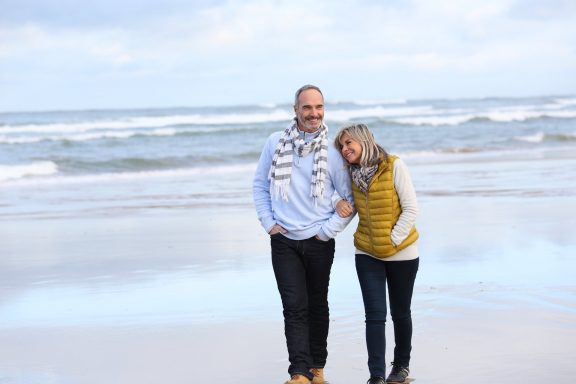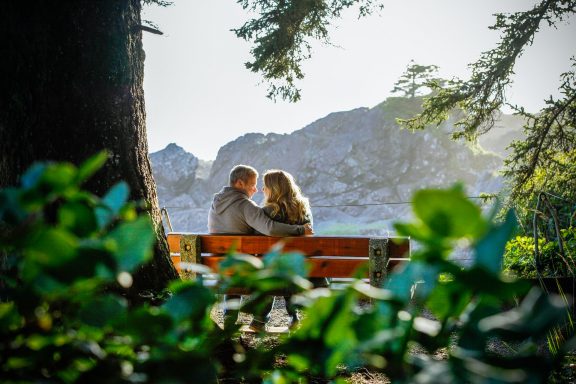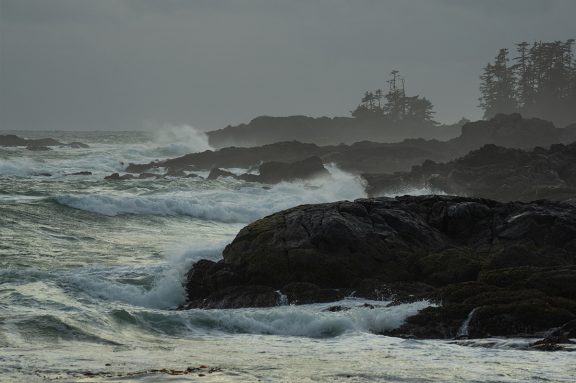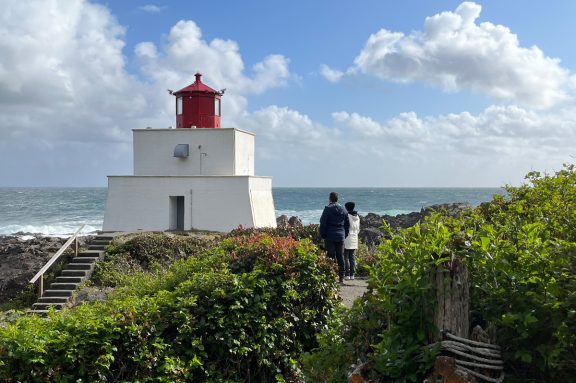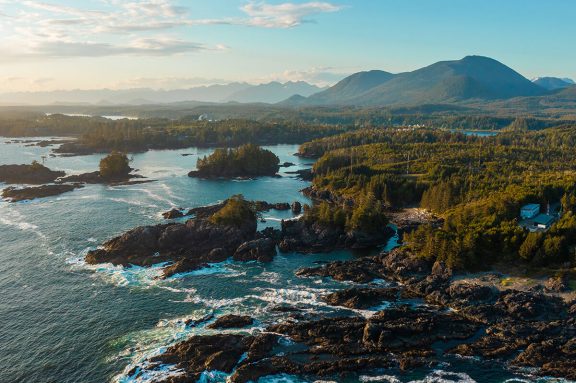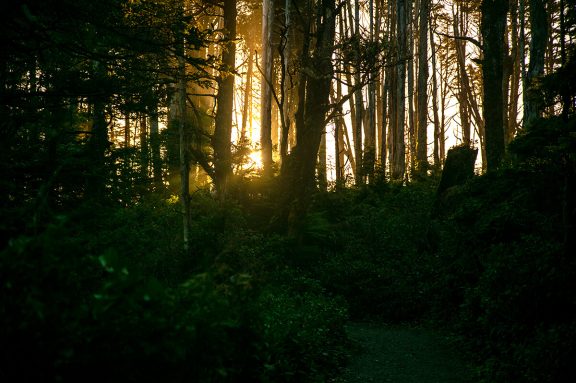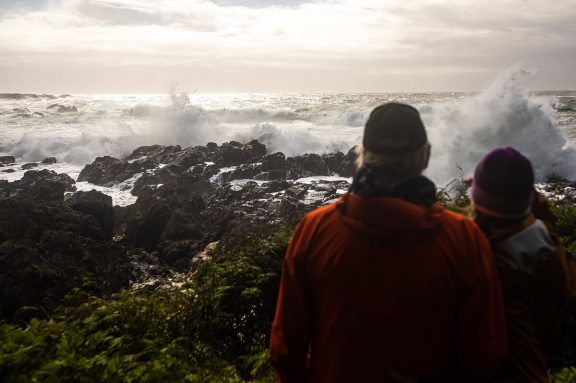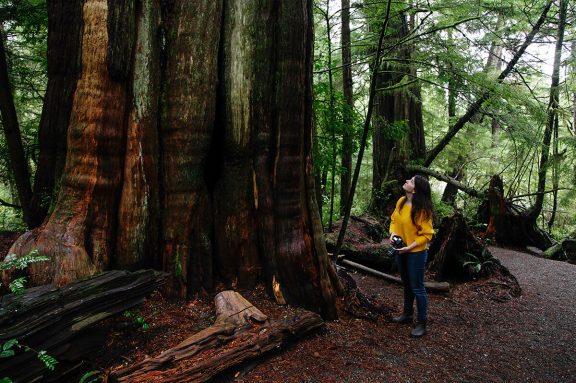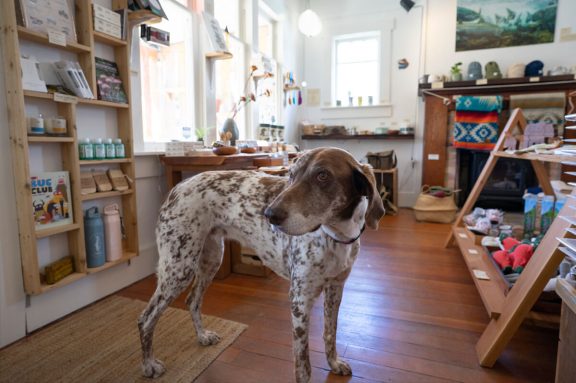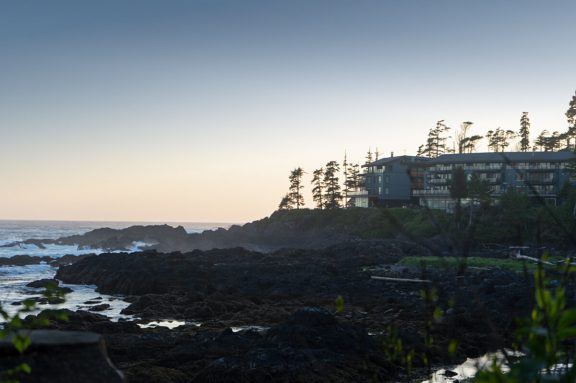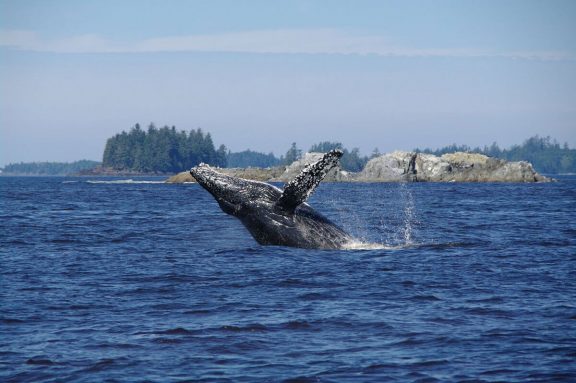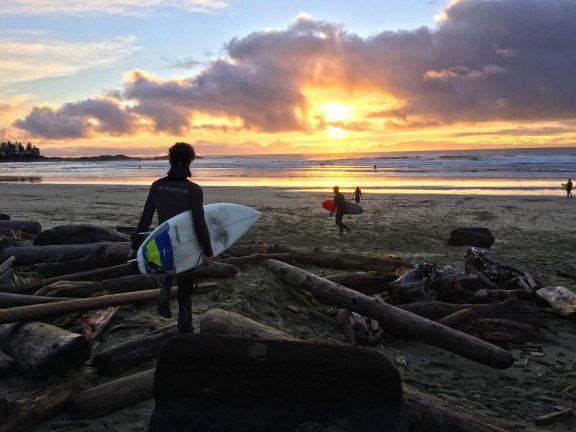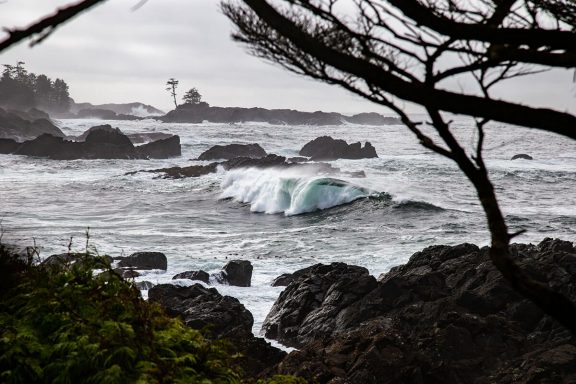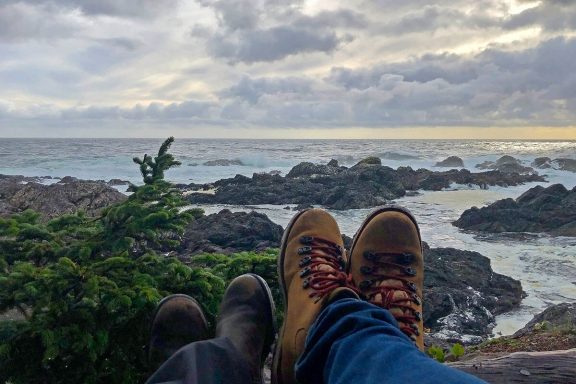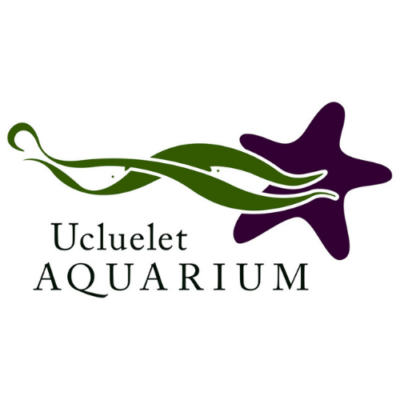The nourishing rainy season brings the forest to life in brilliant shades of green as the winter storms subside. Spring is emerging in Ucluelet, with our annual visitors, the grey whales, coming through as they head to Alaska for the summer. These gentle giants are a wonder to behold; if you’re lucky enough, you might even see them from the Wild Pacific Trail!
Springtime is the best of both worlds; everything is open with that off-season quieter vibe, fewer people, but plenty of options. Pick a pace that suits you taking advantage of this time of year (even mid-week) to have a quick getaway discovering a new menu, a decorated hotel room or a new business opening its doors – stay tuned! Even our most seasoned visitors will find something new and exciting in store. Relax while enjoying a meal, feel the salt air on your face during a wildlife boat trip, and take a calm kayak paddle through the harbour or Broken Group Islands. Explore the rainforest by taking a long, slow stroll through the woods or fly down a zipline at the speed of fun. It may not take much time, but the memory of it will last forever.
And if west coast camping is more your love, now is the time to try a midweek escape before the summer. You’ll have a lot more choices, and you can focus on the activities you’d like to enjoy while you’re here. So think about your timing and how you want to jump into spring, literally from a zipline, lounging by the campfire, or just being in nature listening to the sounds of spring. Either way, we know you’ll enjoy every minute you spend here, and you’re always welcome to come back — time and time again.
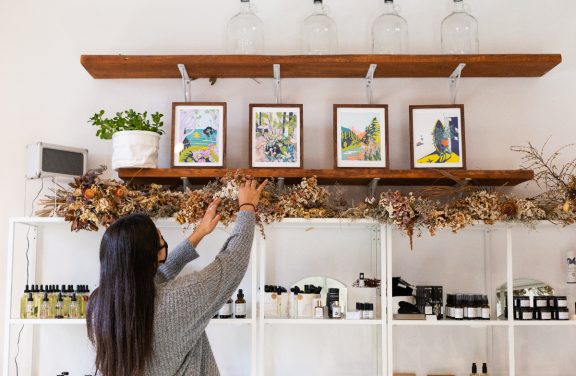
Lillie Louise Major
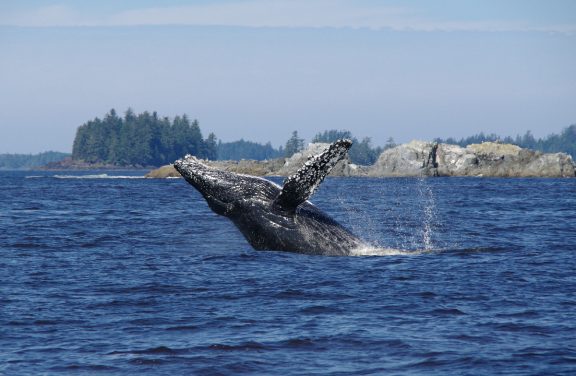
Brian Congdon
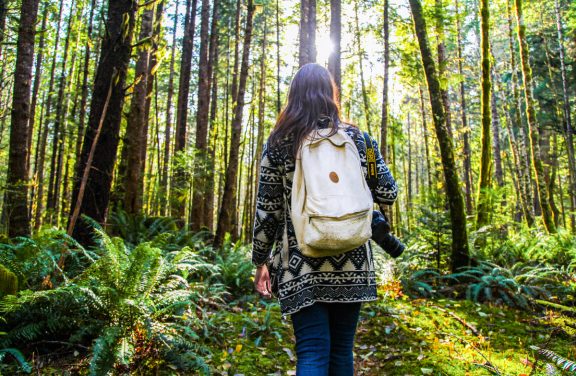
Landon Sveinson

